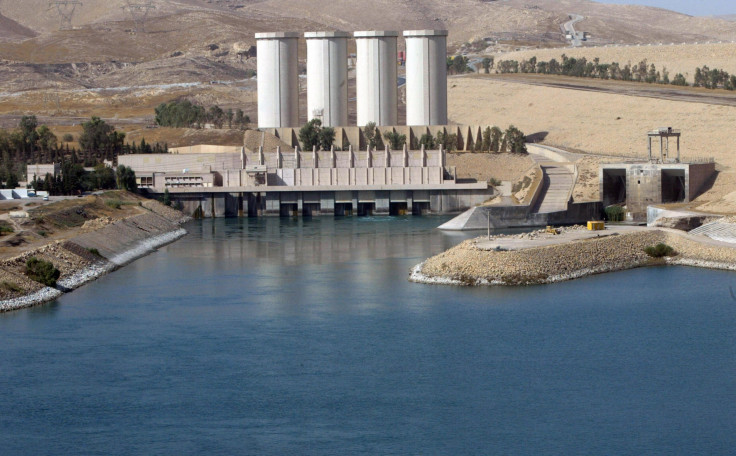Faulty Mosul Dam Could Collapse, Would Be ‘Catastrophic’

United States Ambassador to the United Nations Samantha Power tweeted Wednesday afternoon that a dam in Mosul, Iraq, could collapse, leaving the city under 50 feet of water in “only hours.”
“Work to stabilize Mosul dam must begin ASAP but all countries must step up to fund relief & public education on evacuation routes,” Power tweeted.
Her warning followed that of U.S. Gen. Lloyd Austin III, who told the Senate Armed Services Committee Tuesday that the faulty dam has Mosul on the brink of catastrophe, and could potentially kill thousands of people, CNSNews reported. The U.S. Embassy in Baghdad estimated 500,000 to 1.47 million Iraqis living along the Tigris River “probably would not survive” the impact of the floodwaters, as parts of Mosul could be submerged in depths of 45 feet.
“If the dam fails, it will be catastrophic,” Austin told the Senate committee. “There will be thousands of people downstream that will either be injured or killed, certainly displaced. And the damage could extend all the way down to — close to Baghdad, or into Baghdad.”
Mosul is about 220 miles north of Baghdad.
The Iraqi government and the U.S. Embassy in Baghdad have warned people living along the Tigris to move at least 3 to 4 miles away from the river’s banks. Downriver cities including Tikrit, Samarra and Baghdad could be subjected to “significant” levels of flooding in less than three days, according to the U.S. Embassy.
“We have worked with the Iraqis to be sure that they are doing the right things to warn people about this, and in the event that it does fail, what actions they should take to get to safety. And we certainly have measures in place to ensure that U.S. citizens are — or U.S. personnel — are accounted for and able to be evacuated in case of the dam’s failure,” Austin said.
Just left chilling briefing on Mosul dam in Iraq; failure could leave Mosul City under 15m of water in only hours. pic.twitter.com/FqJuC4SiVy
— Samantha Power (@AmbassadorPower) March 9, 2016
The dam was built in the early 1980s on unstable ground, and since then maintenance crews have regularly poured cement under its foundation to shore it up. However, in 2014, the Islamic State group, or ISIS, captured the dam for a short amount of time, causing maintenance workers to flee. Iraqi forces and Kurdish peshmerga fighters, supported by U.S.-led coalition airstrikes, reclaimed the dam, but the disruption of maintenance increased its risk of collapsing.
“It was a strategic place for [ISIS]. That’s why it was very important that we take it back,” peshmerga Col. Adnan Osman Saleh told Al-Monitor. “There is an enormous amount of water behind this dam. If something happens, if there is a disaster, the lives of millions will be at stake. That’s why it is so strategic.”
© Copyright IBTimes 2024. All rights reserved.












